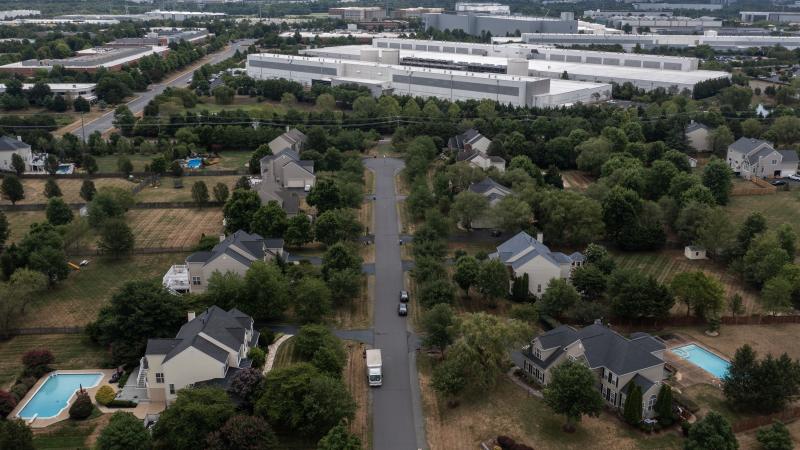Head of grid watchdog warns that retiring coal and gas plants driving increased blackout risks
Wind and solar farms require natural gas-fired generation to maintain a stable grid, said Jim Robb, CEO of the North American Electric Reliability Corporation.
Assessments by the North American Electric Reliability Corporation, which analyzes the continent’s electricity supply reliability, have been warning that large portions of the U.S. grid are threatened with increased risks of blackouts.
Jim Robb, CEO of NERC, said that risk is growing as more than 100 billion watts of thermal power generation, meaning coal- and natural gas-fired power plants, is slated for retirement over the next 10 years.
Robb made the remarks at a transmission industry association meeting, Utility Dive reported.
While thermal resources on the grid are being retired, much of what’s being added is wind and solar farms “with a smattering of batteries, a little bit of gas, no coal, no nuclear of any consequence, and no hydro. So it’s very, very clear that as we move forward, the lion’s share of new additions we’ll see on the grid will be largely variable resources,” he said.
The unreliable energy sources, Robb said, require natural gas-fired generation to back it up, and it’s the only technology currently available that can stabilize the intermittent resources.
He also spoke about how much of the capacity from wind and solar farms can’t get connected to the grid due to long queues for transmission line construction. Currently there are about 2 trillion watts of power waiting to connect, compared to 1 trillion watts of capacity currently available. This 2-to-1 ratio, Robb said, is well above the historic average.













